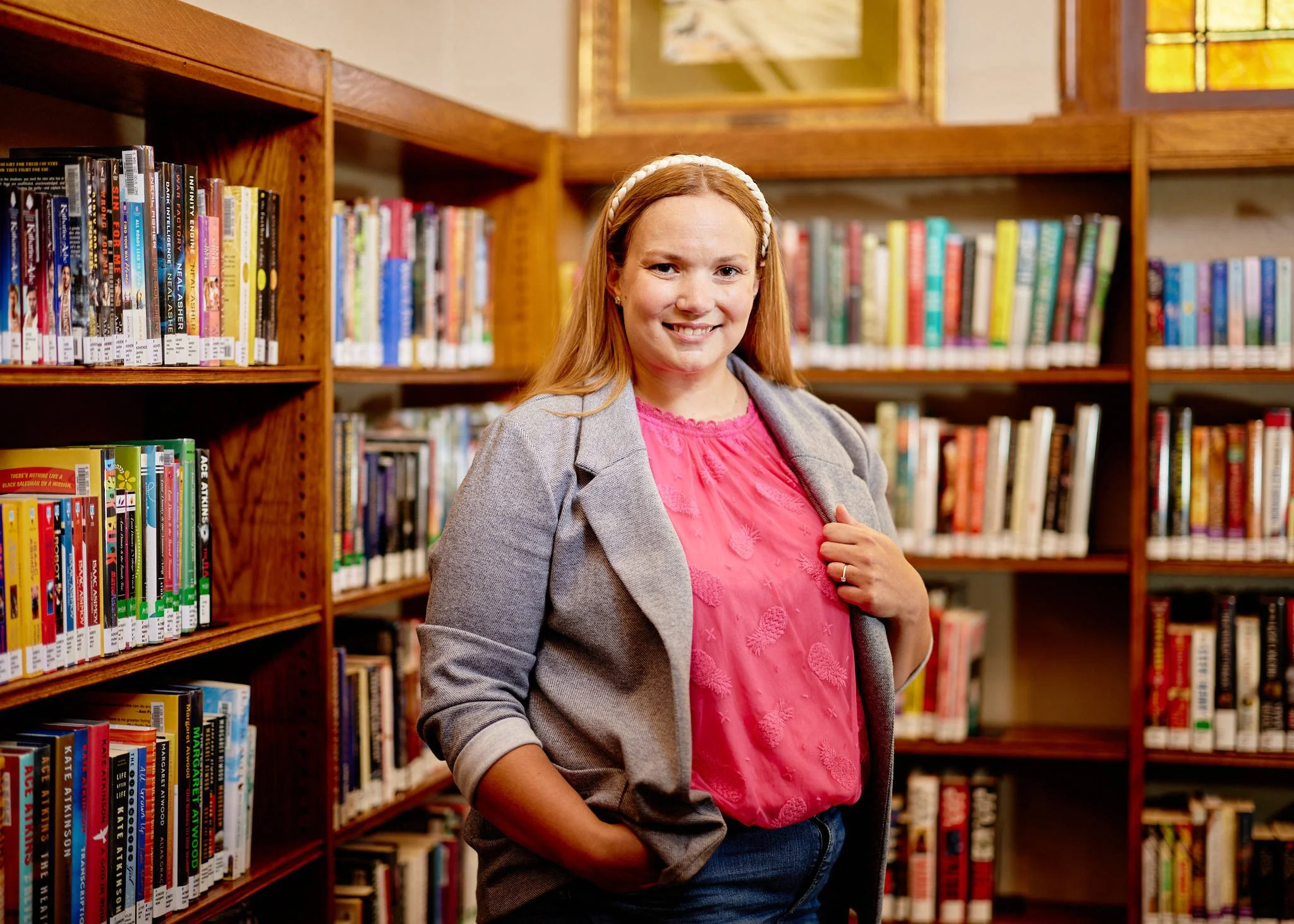Five Tips for Building an Innovative Classroom
by: Ashley Johnson
Innovation in the classroom isn’t just about new technologies or tools, it’s about creating a culture where students feel free to actively participate, take risks, and think differently. If you are looking to build an innovative classroom this school year and increase student engagement, here are five tips to start day one!
Have students create class values. Lead your students to creating their own set of class values. Have them vote on their top five or six values and create value statements for each on how they will be upheld in class. Have students sign a value contract stating they will hold themselves and each other accountable for the values.
Practice creativity every day. All skills need to be practiced over and over in order to maintain and grow. This includes creativity. Find ways to practice creativity daily in your class even if just for a couple minutes. Have students come up with 30 ways to use a brick, or identify the biggest problem with an everyday object and brainstorm ways to fix it. My students love doing “Quick Response” activities to get their brain going in the morning. Feel free to use these with your students.
Make peer-to-peer feedback a classroom norm. Create a culture where students feel comfortable giving and receiving feedback from classmates. Start small by having students use rubrics to leave feedback on assignments and then having students use the feedback to revise work before turning it in. Students will soon learn what helpful feedback looks like.
Keep activities hand-on. Students learn best when they are actively engaged. Keep students engaged in the learning by keeping them up, moving, and invested. I keep a large supply of butcher paper, post-it notes, index cards, and individual whiteboards that we use regularly.
Implement real-world learning. As much as possible, make the learning have meaning. Have students solve real problems they face. Bring in community partners for students to work with. When students know someone outside of the four walls of the school will be seeing their work, they show more passion and put in more effort. Some projects in which my students participate include creating a personal finance children's book for local 2nd graders, innovation projects for local nonprofits, community service planning, and of course personal student ventures.
Building your innovative classroom doesn’t mean you have to overhaul your entire curriculum. It starts with small, intentional changes. Encourage creativity, empower students to take ownership and connect them to the real world. These small changes will create an environment where students don’t just learn, they thrive.


